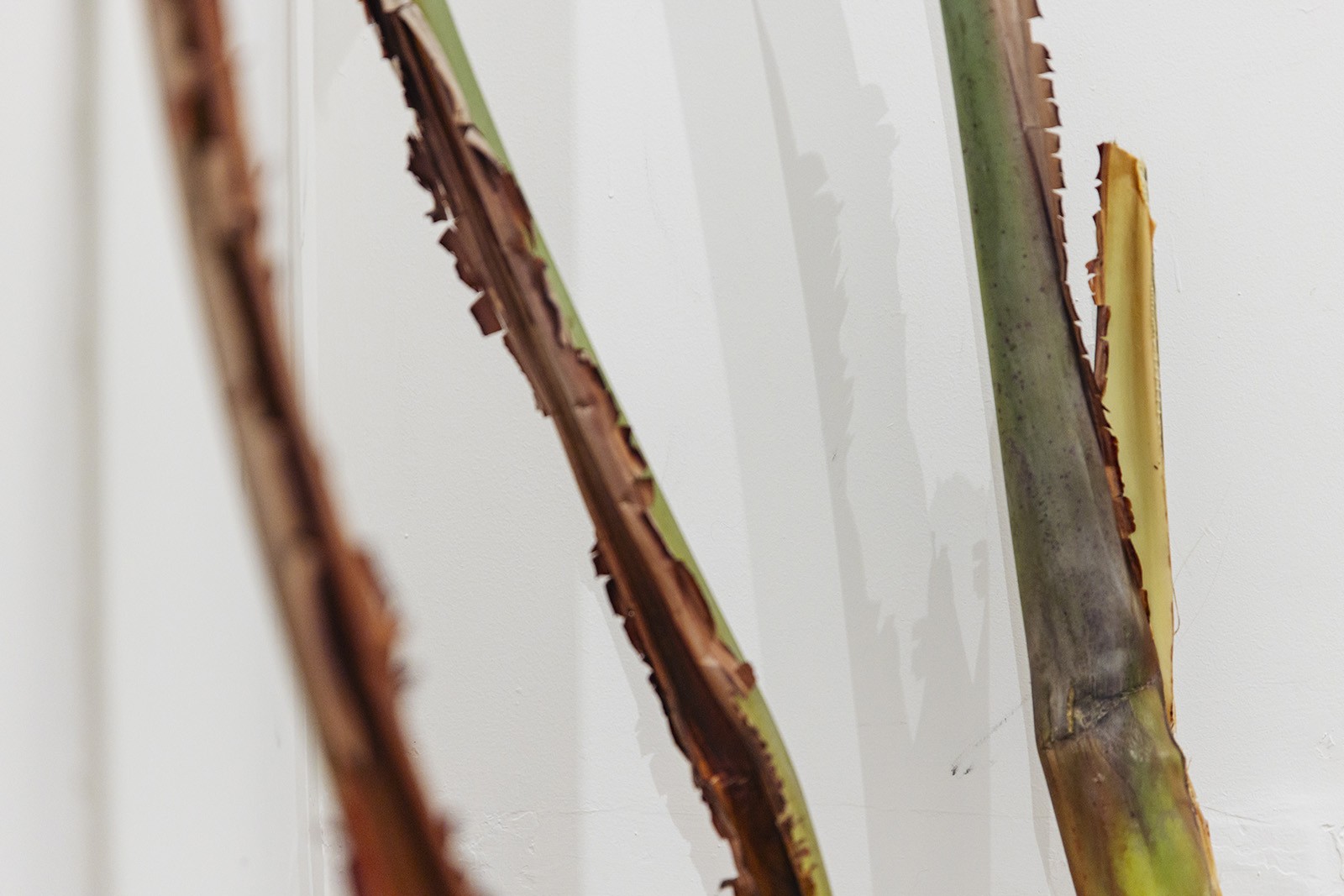Coded Choreographies
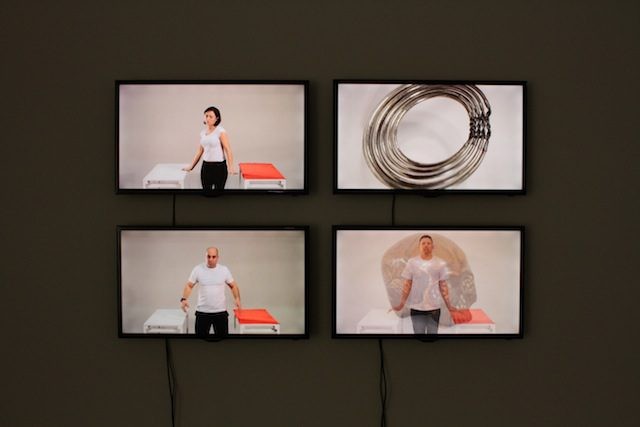
05 March 2015
Magazine C& Magazine
5 min read
In Ibrahim Quraishi’s exhibition, “Lost Codes,” video recordings of performances play on multiple screens in the gallery space. We find the decor of these performances at the center of the room, giving a glimpse “behind the scenes” of the clutter and staging involved in the images surrounding us: cameras, lights, sound systems, and two …
In Ibrahim Quraishi’s exhibition, “Lost Codes,” video recordings of performances play on multiple screens in the gallery space. We find the decor of these performances at the center of the room, giving a glimpse “behind the scenes” of the clutter and staging involved in the images surrounding us: cameras, lights, sound systems, and two tables: one red and the other white.
The videos show men and women of different ages and physical appearances, with closed eyes, seemingly moving an imaginary mass from one of the tables to the other with a slow, repetitive gesture. The artists chose thirty individuals who combine to form a ‘diverse’ panel that avoids specific categorization. We are faced with a corpus of anonymous bodies. This “neutrality,” which is achieved by using multiplicity as a mass effect, seems to guide the whole project. All the performers followed the same procedure in the course of six weekends. Each time, the chosen person, systematically dressed in black or white and moving in a carefully controlled way, had to act out the displacement of an object of his or her choice to which he or she had a particular relation. The decor was minimal, identical and refined for each person. We didn’t know what the object in question actually was, and its connection with the person carrying it was irrelevant. The only thing revealed to us was the negative of the person’s mass in relation to his or her gestures. Back in January 2014, Ibrahim Quraishi showed an earlier version of Lost Codes at the Watermill Center, founded by Robert Wilson in the United States, where he was resident. On that occasion the performers gathered in the same room, moving imaginary objects in a resonant, powerful and languid setting, inspired by the collection by Robert Wilson presents at the center. Wilson’s reflections on the importance of gesture as a veritable language and alternative system of writing –sometimes more essential than text itself – probably shaped the artist’s reflections in conceiving “Lost Codes,” which is basically reduced to body language. Even the name of the exhibition, which applies to each of the videos as well as the installation with the extended title Lost Codes – How to Move the Weight of Hope and Despair, leads us toward a reflection on memory of the body, and of gestures, as the writing of lost memories. The performance thus plays on the idea of absence. The performers’ slow choreography uses an empty space to simulate the existence of an object. All that remains for the spectator is the body in movement tracing the remembrance of the object. During this staged and recorded “dance,” the body becomes the object through the signified absence of the object. In fact, a subtle relation comes into play here: during the choreography the object becomes part of the body, and thus the performer simultaneously becomes the person who displaces, and the person who is displaced. (1). Estrangement is brought into the clinical décor: the performances are silent, graceful, and cathartic, and avoid any kind of commentary, context or individual history. Here, individuals no longer belong to the group, nor to a place – they seem to be in “transition,” in an interim space like the displaced object and the gesture that suggests it. In previous projects, Ibrahim Quraishi has explored the displaced body and displacement, particularly in relation to migration processes. Reflecting here on the question of belonging to a place, he seems to position the body as a truly unique “place of its own,” a receiver and receptacle of encounters, objects, habitat, and crossed spaces. It is remembrance of the body, rather than the use of oral or written testimonies, that the artist emphasizes. Although all the choreographies presented to us appear similar, they don’t correspond to any notation: just like the object the person is holding, the movements are guided by the memory. The gesture, which disappears once it is made, functions like the incarnation of transitory memories. Their recording and the system shown here suggest the attempt to preserve them.
“Lost Codes” is difficult to define. It forms a shell for interpretation. Perhaps, through its muteness and the performative absence where images, objects, discussions and intimacies are lost, along with the empty space between the performers’ hands, we, the viewers, are somehow excluded, frustrated – but then, on the other hand, we are allowed to fill the gap with multiple discourses.
“The whole business is there: a body is extension. A body is exposure. A body is not only exposed, it also consists of exposure. A body is there to be exposed […]” (2)
Ibrahim Quraishi - “Lost Codes” / Galerie Crone (Berlin), 08.11.2014 - 07.02.2015.
Gauthier Lesturgie is an independent art writer and curator based in Berlin. Since 2010 he has worked within several structures and projects such as the Galerie Art&Essai (Rennes), Den Frie Centre for Contemporary Art (Copenhagen) or SAVVY Contemporary (Berlin).
(1) This process of objectification was already evident during his project “My Private Himalaya” (2008-2012).
(2) Jean-Luc Nancy, Corpus, Paris, Métailié, 2006, p. 109.
Read more from
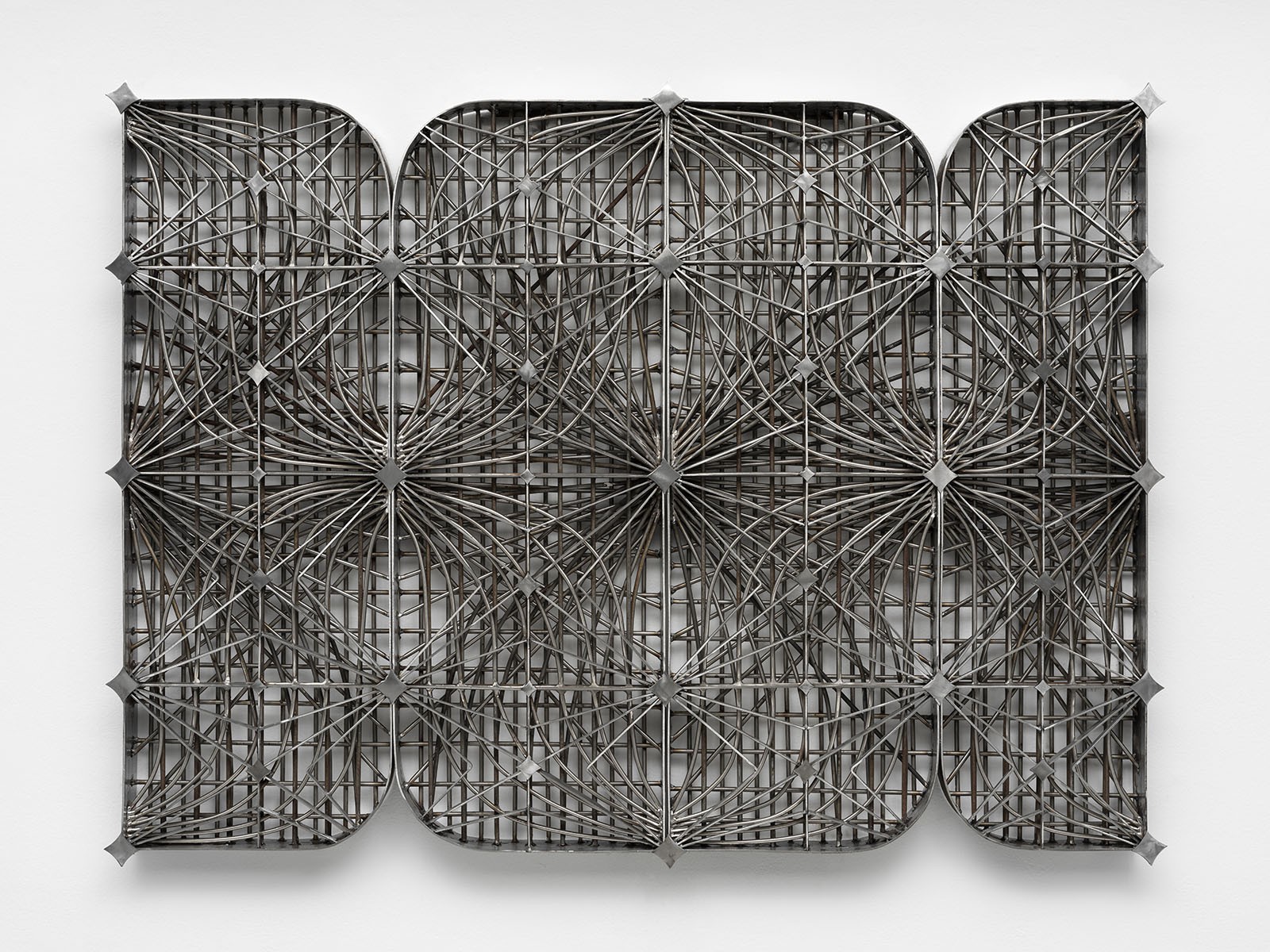
Jesús Hilário-Reyes: Dissolving Notions of Group and Individual
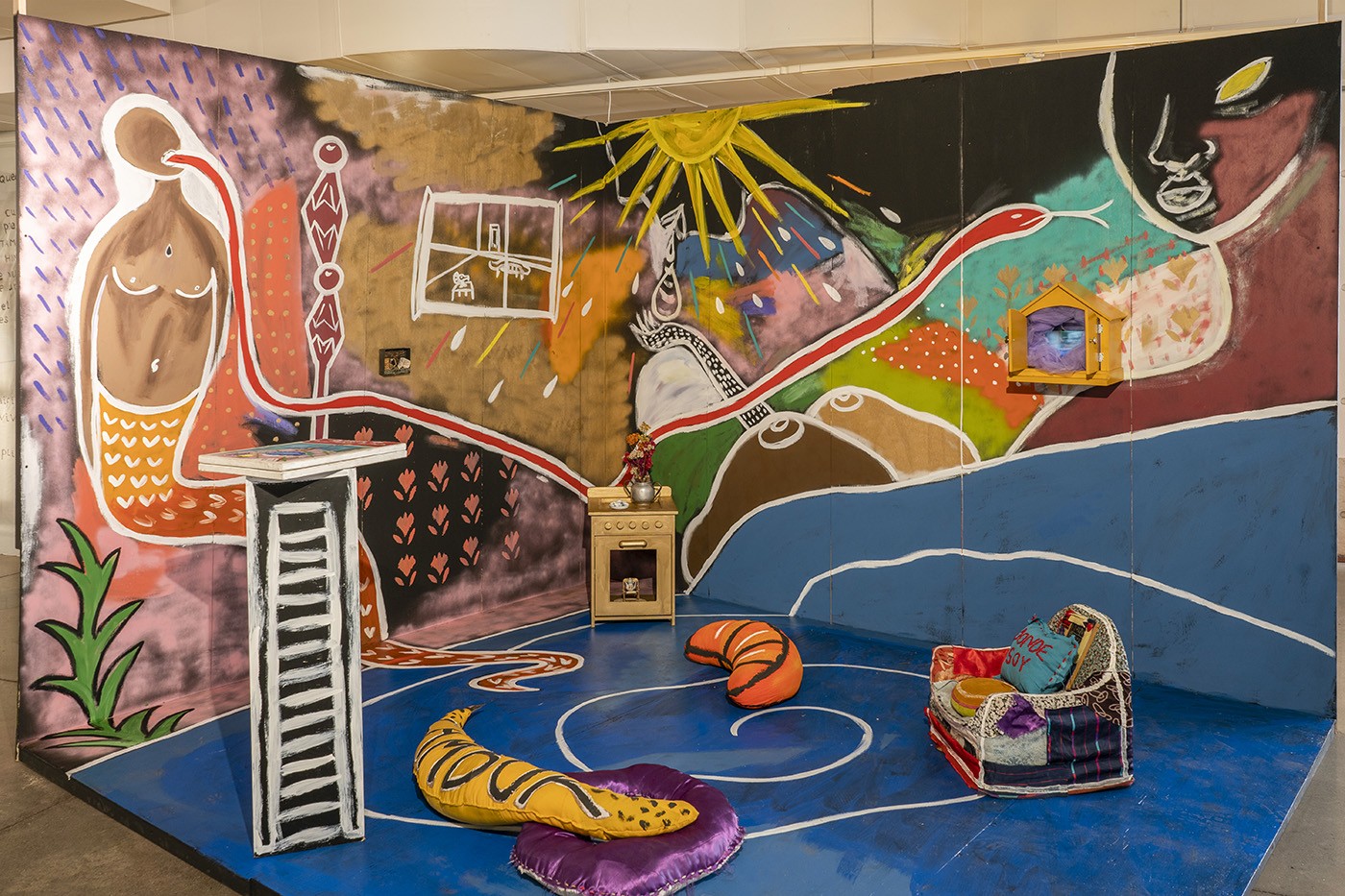
A Biennial that relates sound to space and bodies
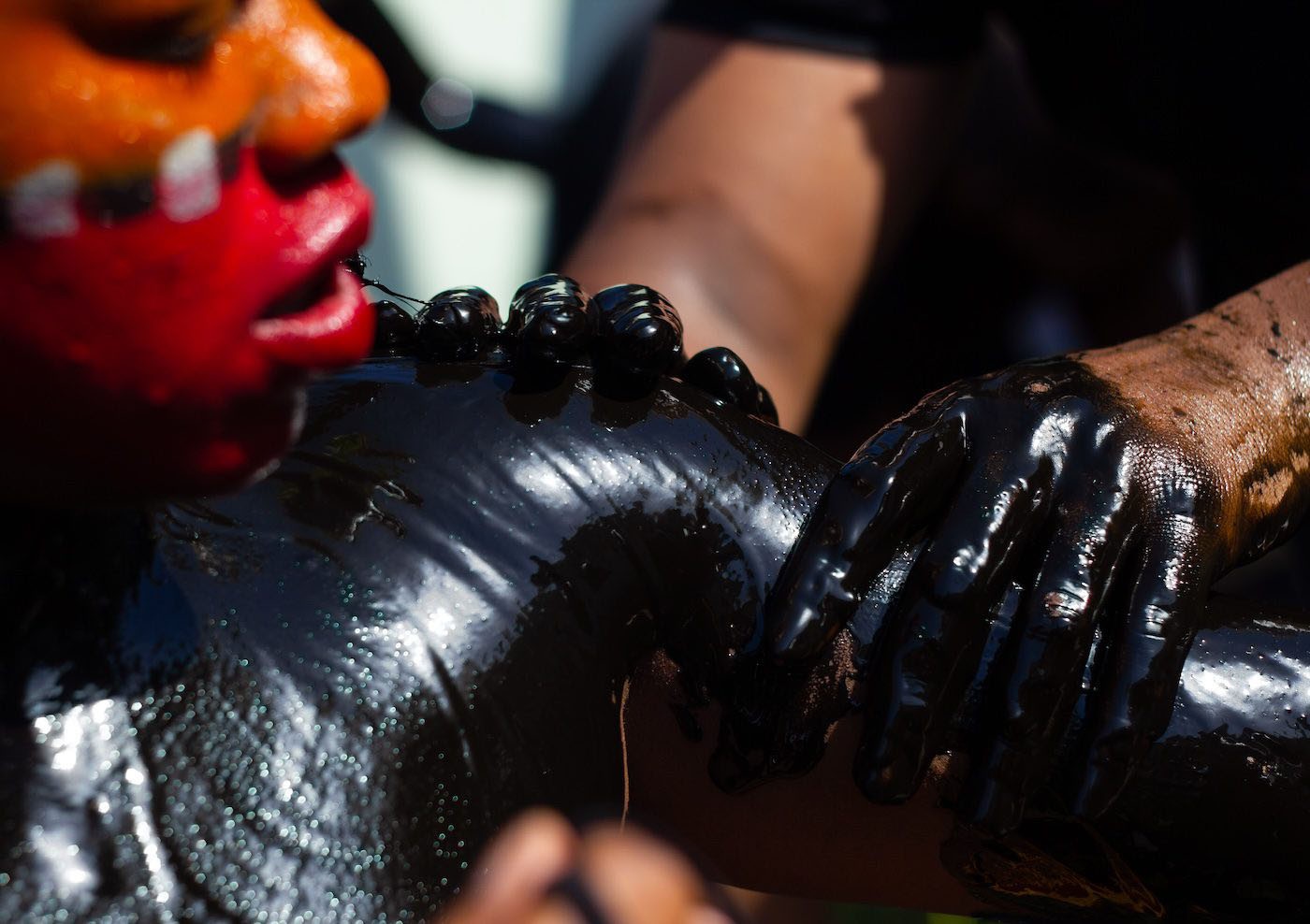
Anaïs Cheleux: Connecting Caribbean Identity Through Photography and Performance
Read more from
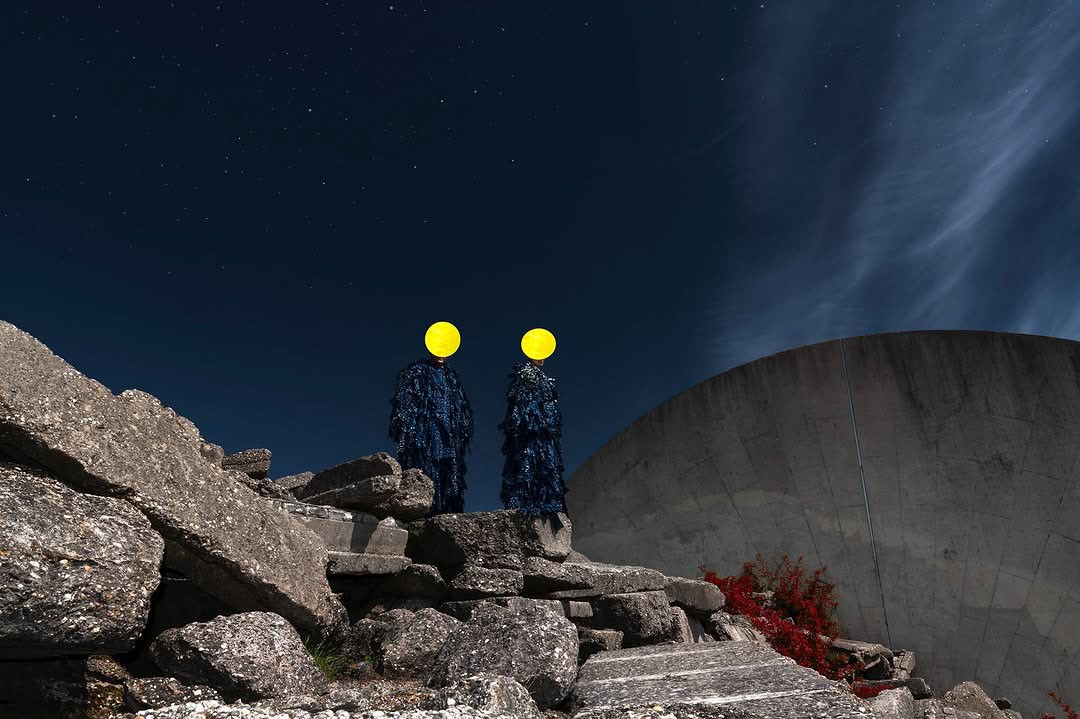
Electric Dub Station: The Return of Tomorrow
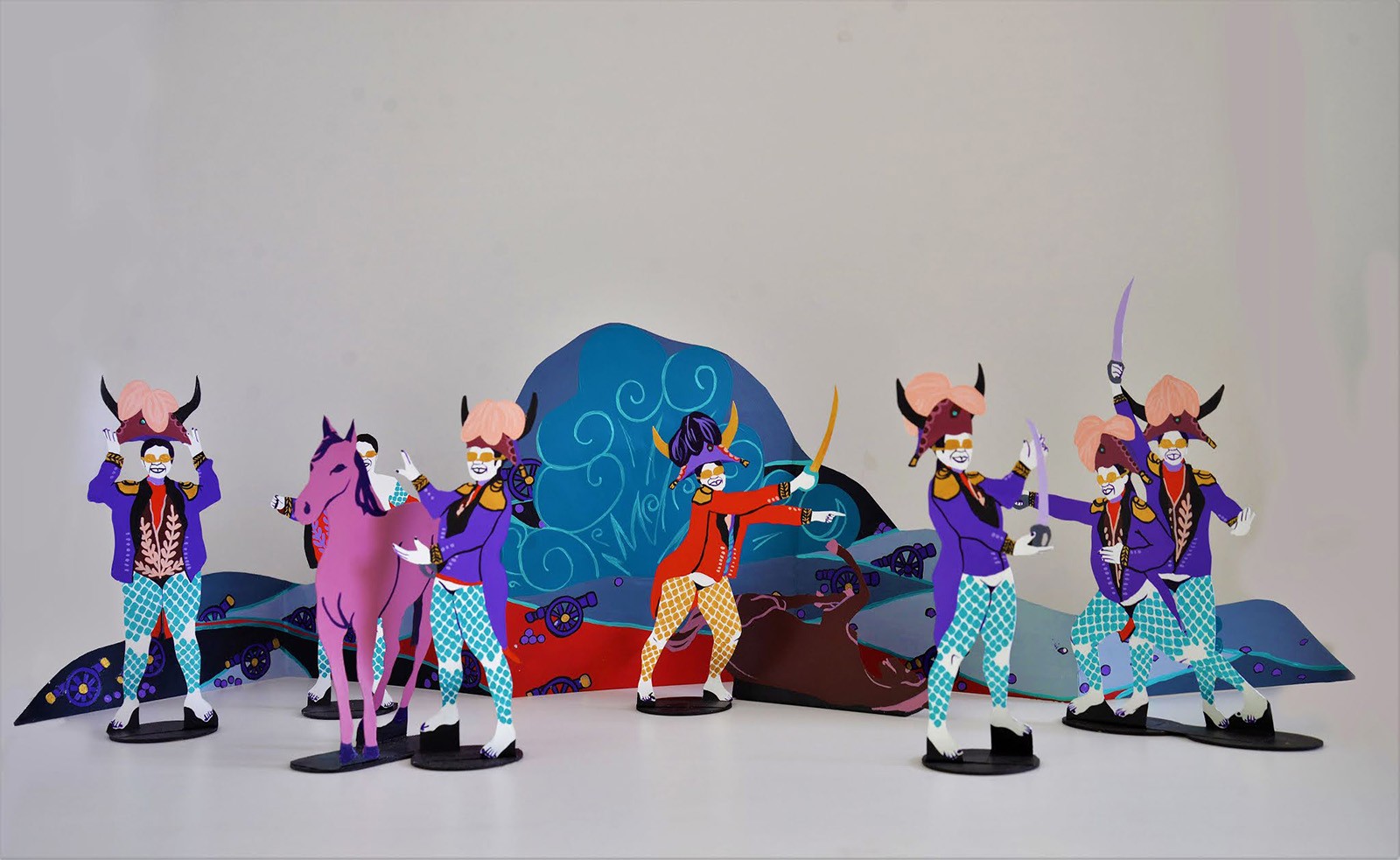
Tessa Mars Links the Migratory Experience to Haitian Spirituality
